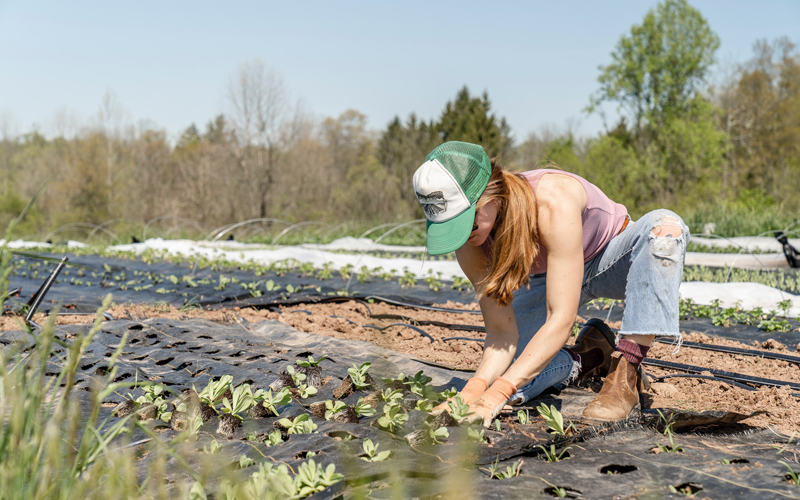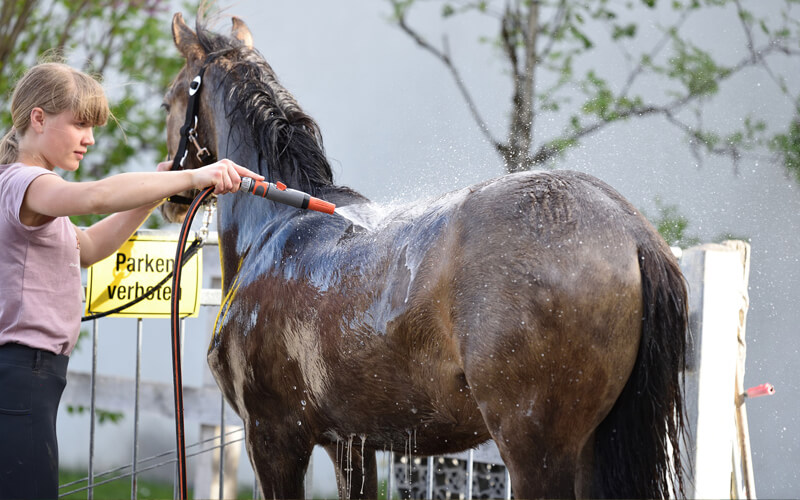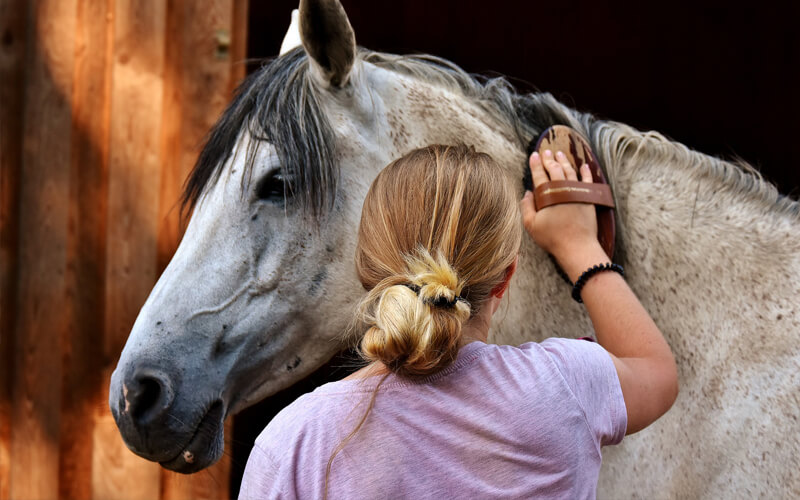Modern farming is quite different than what most of us imagine. If you stop to think about a day in the life of a farmer, your first impression is most likely a 5 am wake-up to milk a few cows into a bucket before feeding chickens and surveying crops. Now, don’t get me wrong. Many farms still operate this way for individual consumption, but most farms are part of the agricultural industry, and each one focuses on a specific niche.
Technology has also drastically changed the way farms operate. Hand milking a cow won’t produce enough milk for a grocery store, and increasing demands have led to technological advancements far beyond the purely hands-on method. Still, live animals require human care, and farmers work just as hard to bring their products to the market as they did a century ago. Let’s take a look at what a day in the life of a modern farmer looks like.
On a dairy farm, that 5 am wake-up is pretty spot-on, if not a bit late to rise. The cows still need to be milked, and before that can happen, they must be rounded up and placed in the milking parlor, then hooked up to a machine. Small dairy farms can have as many as 50 milk cows on hand, and each one must be corralled. The milking process itself only takes ten minutes, but the entire process can last hours. Once that’s done, it’s time to feed and water the livestock. The 50 cows that were milked are not the only cows in residence. Often, there are another 70 cows that aren’t old enough yet to produce milk but still need care.
With those two chores out of the way, farmers get about an hour to eat, get their kids ready for school, hopefully, grab a shower, and then head back out to take care of the youngest of the bunch, the baby cows. They’re mostly bottle-fed by hand and given what’s called calf starter, a mixture that readies them for solid foods. During this time, each young calf is inspected for illness or any additional issues.
Around midday, a truck arrives to take the fresh milk to a local dairy plant that will process and separate it into milk, cream, butter, and ice cream. While that’s happening, one of the farmers begins tracking cow movement. Most farmers keep track of their cows using pedometers that count their steps. This allows a farmer to quickly recognize if something might be wrong with one of their farm animals.
Depending on the day, the afternoon can go many ways. Often, a vet comes out to inspect the herd, or a nutritionist comes to evaluate the feed. Sometimes a salesman comes to try to get the farmers to upgrade their equipment. On other days, a member from the local state Board of Animal Health makes sure the farm is following local ordinances.
Mid-afternoon is devoted to a second milking session, and then it’s time for another round of calf feeding. At some point, dairy farmers manage to sit down and eat dinner, but they’re always on call for their animals! A pregnant heifer can mean long nights out in the barn, ensuring the birthing process goes smoothly. I tip my hat to farmers because that’s a lot of work for me to spread butter on my toast in the morning!




